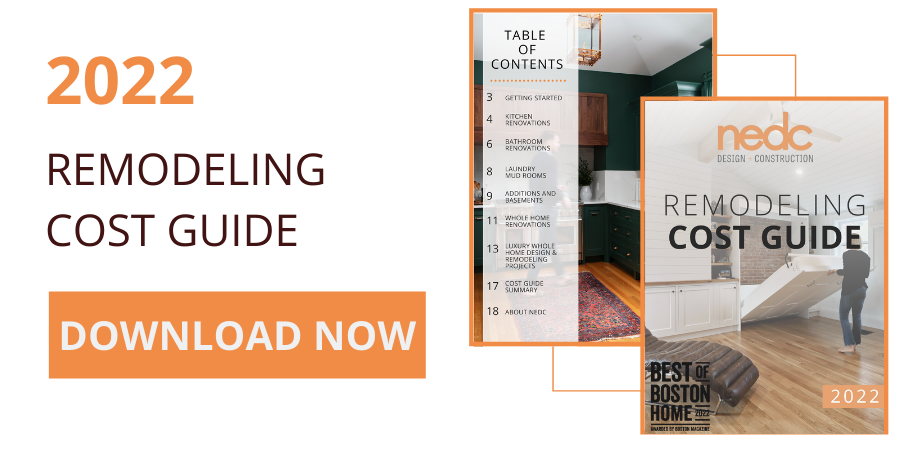Basement Remodeling Pitfalls to Avoid
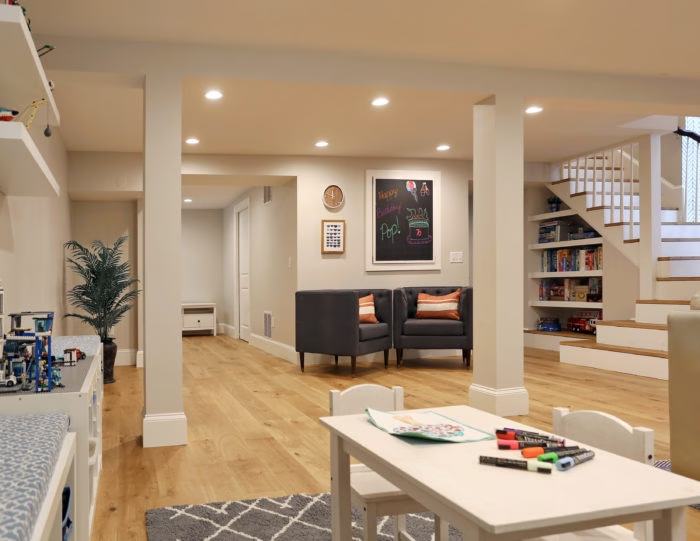
Remodeling your basement is one of the most practical and economical ways to increase your home’s usable square footage. Whether your goal is to create a family room, an entertainment area, a bedroom and bathroom suite, or something else, basement renovations are generally less expensive than additions since they make use of the home’s existing footprint, and they also have the benefit of not eating away at your yard space. Since they are naturally separated from the rest of the home, remodeling your home as a rental area can even provide a source of additional income. According to Zillow, finished basements also significantly increase your home’s resale value, with an average of a 70% return on investment.
Although finished basements promise many benefits, there are several areas in which it’s easy to go wrong when you’re renovating. Below, we’ve outlined four of the most common and egregious pitfalls we’ve seen when it comes to basement remodeling in Boston.
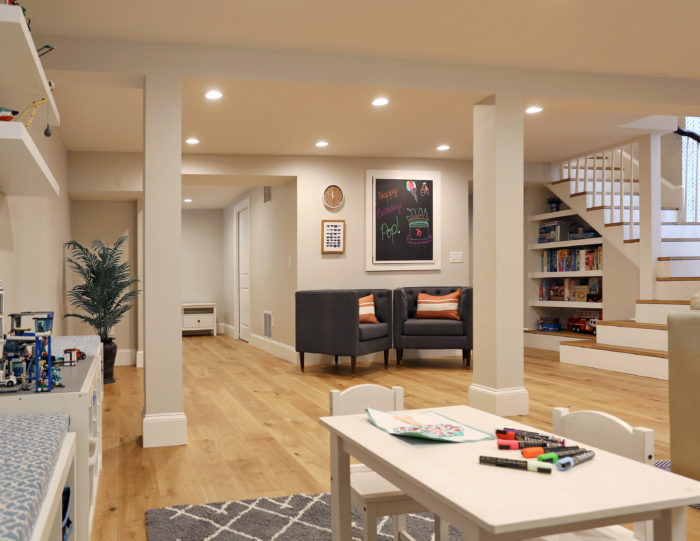
1. Not Addressing Water Damage
Water damage in basements is surprisingly common. In fact, according to the American Society for Home Inspectors and FEMA, over 60% of basements in existing homes have a moisture problem, and 98% of homes have a wet basement at least once in their lifetime. Even new homes develop a leak somewhere in the basement within 10 to 15 years of being constructed, and around 38% of homes that have moisture problems develop mold and fungus growth, jeopardizing the health of air quality.
Given these statistics, it’s very important to address any existing water damage and ensure proper waterproofing as you finish your basement remodel. While this sounds intuitive, many DIYers and inexperienced contractors don’t address water damage appropriately because it isn’t always immediately apparent. Sometimes moisture permeations are easy to spot in the form of damp or deteriorating baseboards and floors.
For unfinished basements, however, it’s important to realize that moisture permeations may not begin to cause damage until after you’ve added drywall. The reason for this is that small amounts of moisture can permeate surfaces like concrete and brick foundations, but because the interior of these walls is exposed to open air, the moisture will evaporate quickly and not cause any issues. In this instance, the basement walls are often dry to the touch, and the only evidence of moisture is efflorescence, a white salt deposit left after the moisture evaporates.
If basements are finished, however, the water will become trapped between the concrete and the drywall rather than evaporating. Over time, water will accumulate and cause damage. Because of this, it’s essential to hire an experienced contractor who can advise you on how to appropriately address current water damage as well as plan for future moisture problems. This can prevent unnecessary and costly errors.
2. Choosing the Wrong Design for the Space
Another common issue in basement remodeling is selecting a design that isn’t suited for the space. Homeowners can tend to approach basements as if they are a blank space on which to impose any aesthetic rather than adapting to their unique stylistic requirements. Basement designs have different configurations and less natural lighting than the first and second stories of your home, so their design requirements cannot be thought of in the same manner.
Two basic rules of thumb are to design a space with an appropriate mix of lighting, be that recessed can lights, spot or pendant lighting, wall sconce lighting, and even lamps, in order to compensate for the lack of natural light. In addition, lighter colors are the best option, particularly for smaller areas. This applies not only to paint colors on the wall but also to features and fixtures like cabinetry, countertops (if applicable), and sometimes even flooring.
When a basement’s unique design requirements are not accounted for, the basement may not end up being used for its stated purpose. For example, it might have been designed as a family entertainment area or a man cave, but it ends up being used simply as a storage space for unused household items. Suiting the design to the spatial requirements can help you ensure your basement will be used for its intended purpose.
3. Not Looking at the Whole Picture
In a similar vein, it’s important to look at your basement’s design holistically. Homeowners can tend to be less thoughtful about the cohesion of their basement’s design simply because it isn’t the first thing visitors see when they enter the home. But just as it’s important to design the heart of your home so that colors, materials, and themes all blend harmoniously, so too it’s important to give the same consideration to your basement if you want to enjoy the space to its fullest potential.
The best way to create a cohesive look is to hire a professional design-build firm who can help you think through every aspect of the remodel. A hodgepodge of DIY projects looks uncoordinated, but a professional design can significantly boost your own enjoyment of the space and also raise the value of your home.
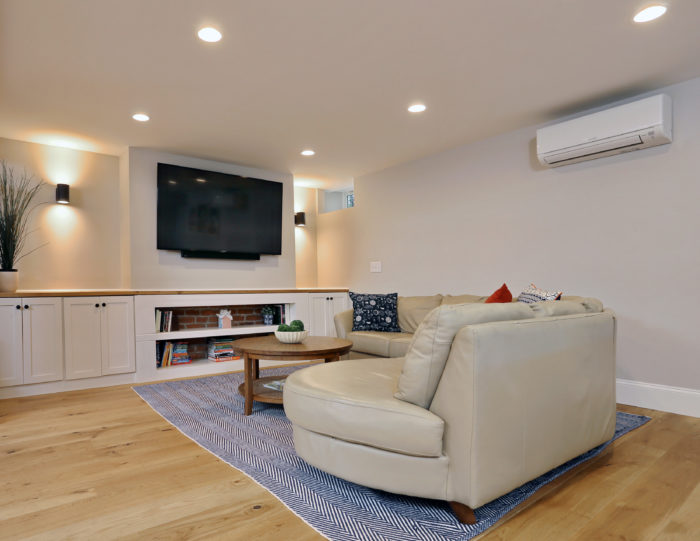
4. Remodeling in the Wrong Order
Finally, another mistake it’s quite easy to make is tackling remodeling projects in the wrong order. It’s easy to approach a whole home remodel in stages based on your most important projects and budget availability. While this approach works to some extent, it’s smart to consider your long-term goals for the home and tackle projects accordingly.
For example, it’s much easier to remodel your basement if you remodel your first floor beforehand. This is because the floor joists will already be exposed. So if you do plan to remodel your kitchen or other first-floor rooms, consider tackling these projects before you finish your basement. This will help expedite your remodel as a whole and also enable you to avoid unnecessary costs associated with demolishing and reconstructing the ceiling of your basement and the floor of your main story.
The Best Basement Remodels
The best way to finish your Boston area basement remodel is to partner with a professional design-build firm that can bring their broad experience to help you think through each of these practical and stylistic elements. At NEDC, we’ve crafted a wide variety of whole home remodeling projects and would welcome a conversation to discuss your particular project goals.
